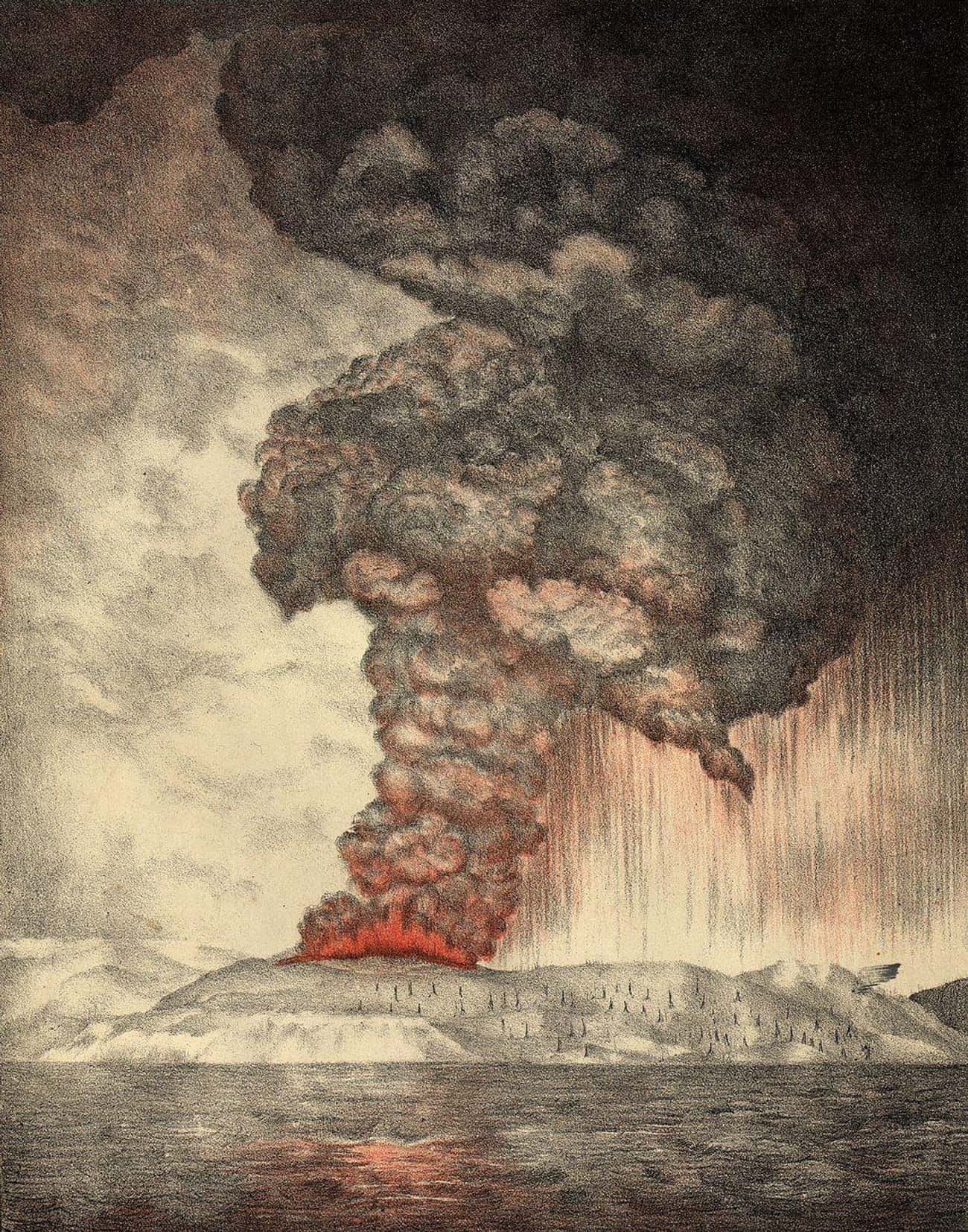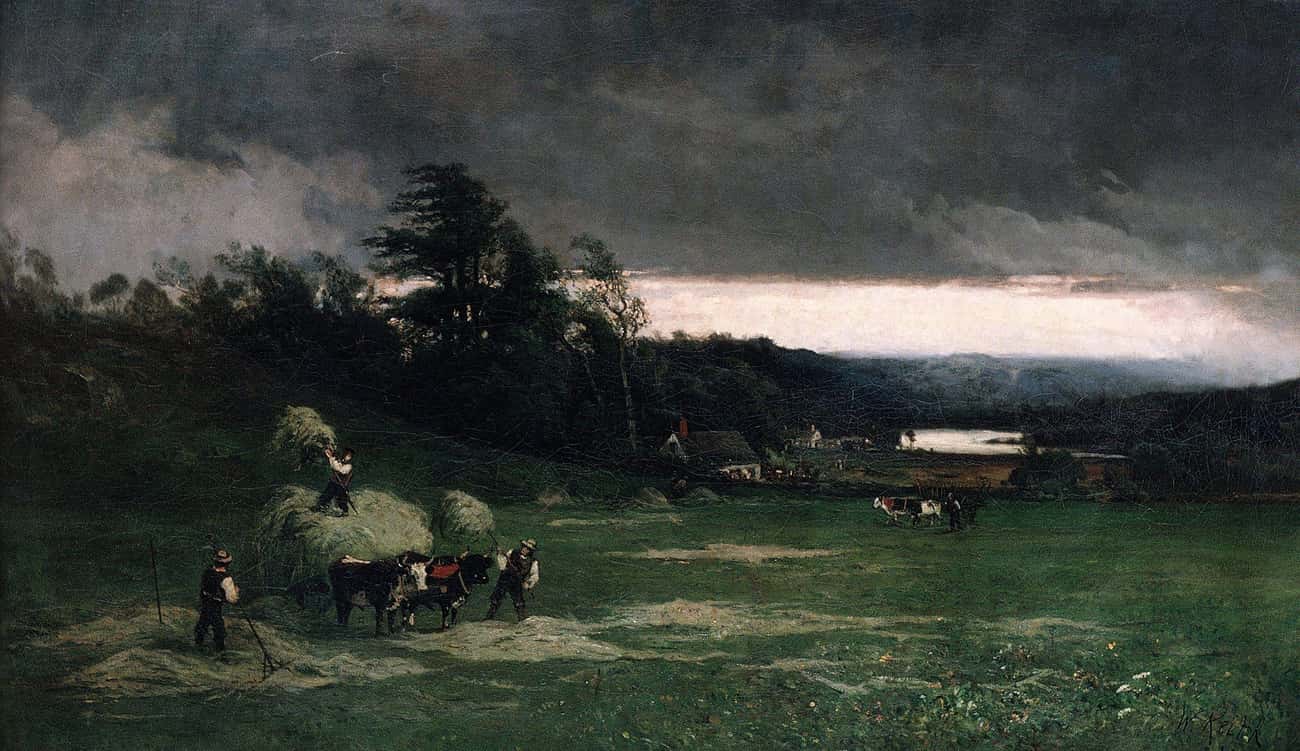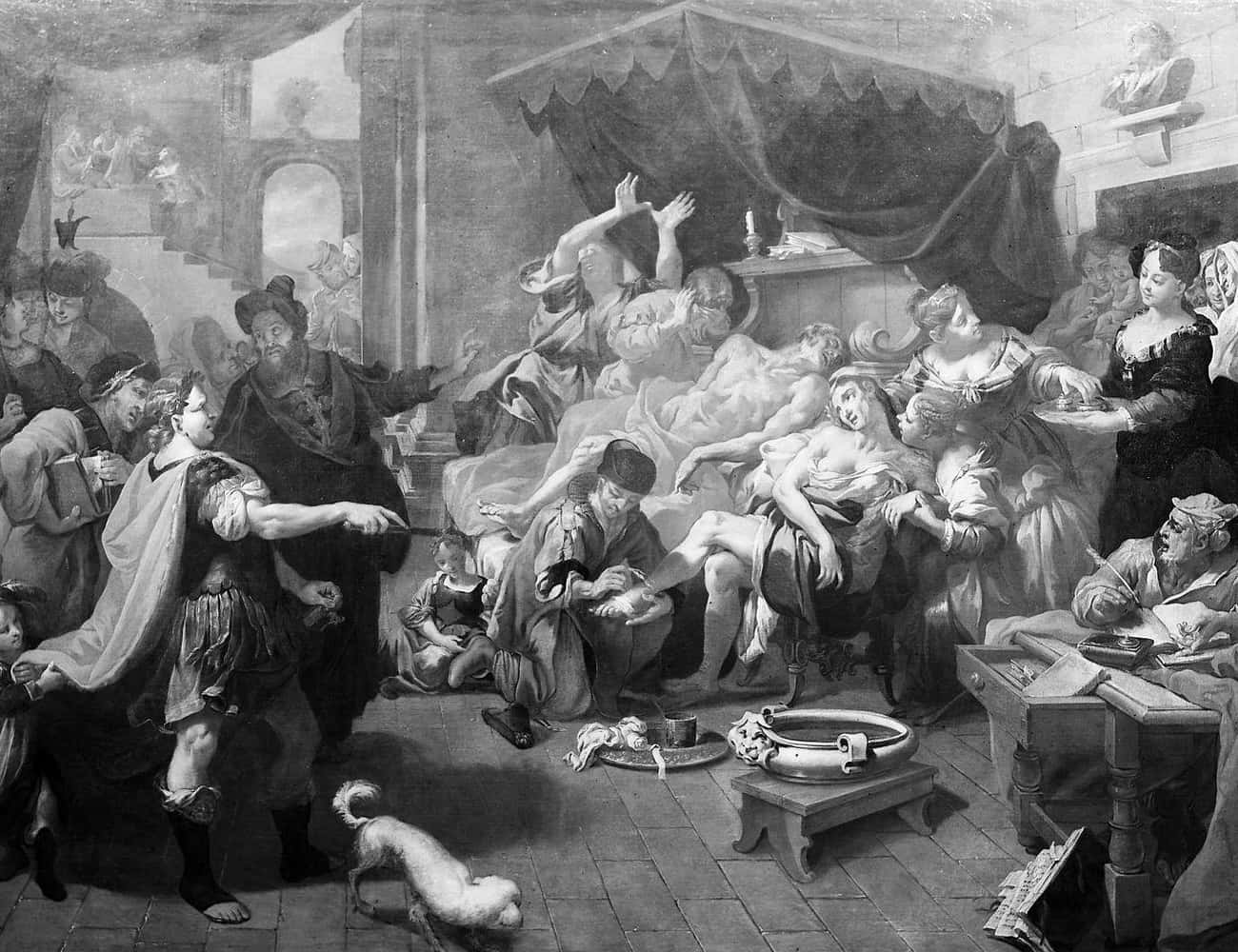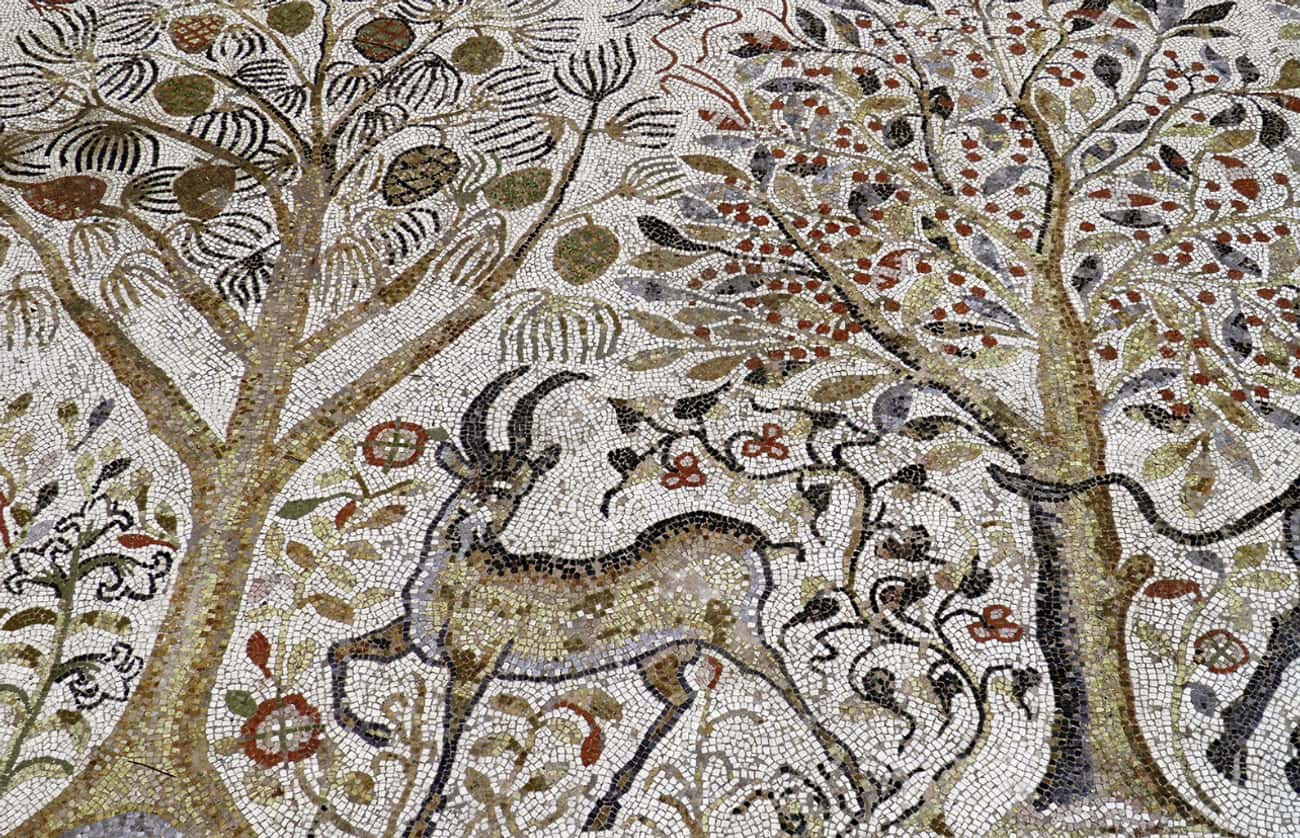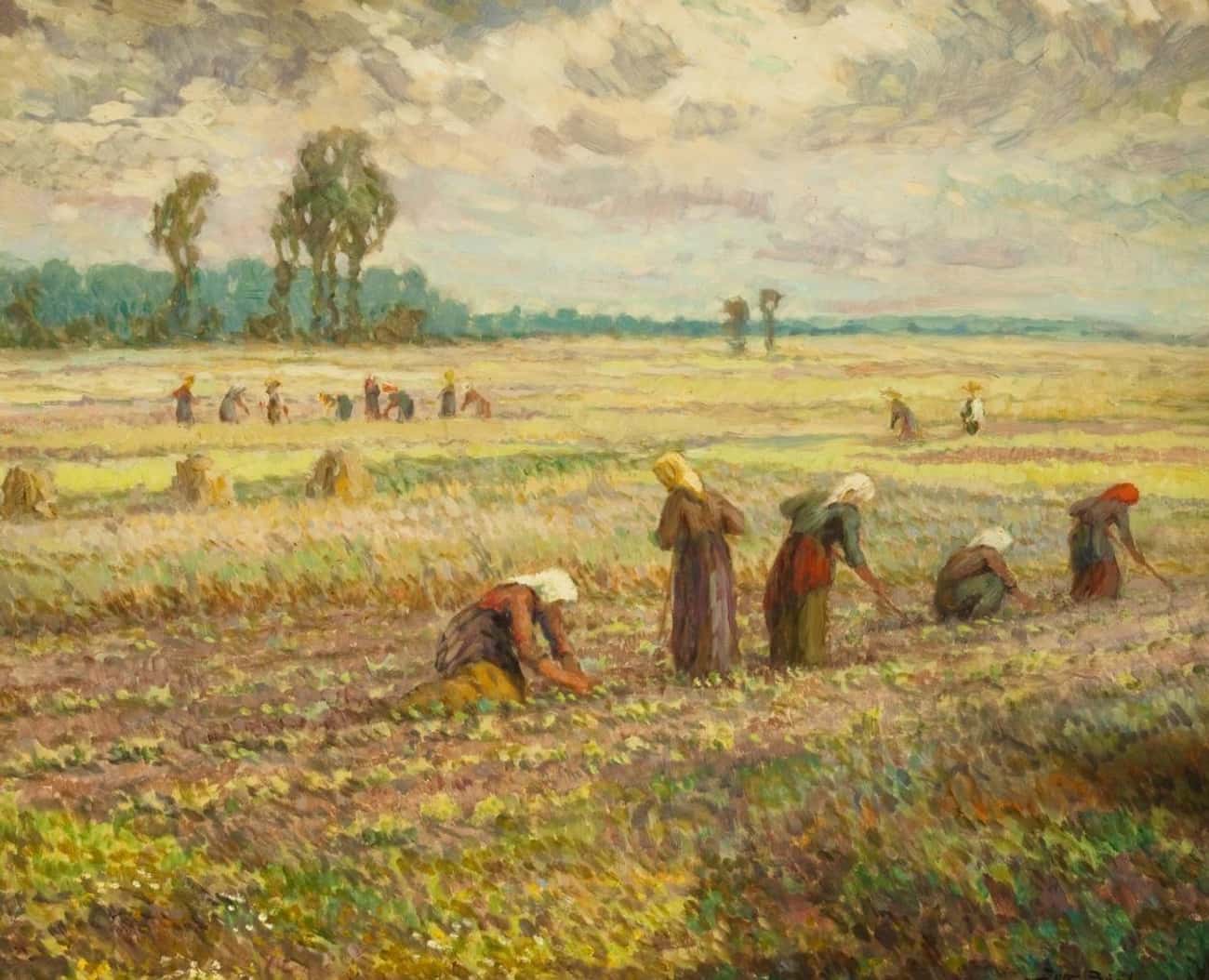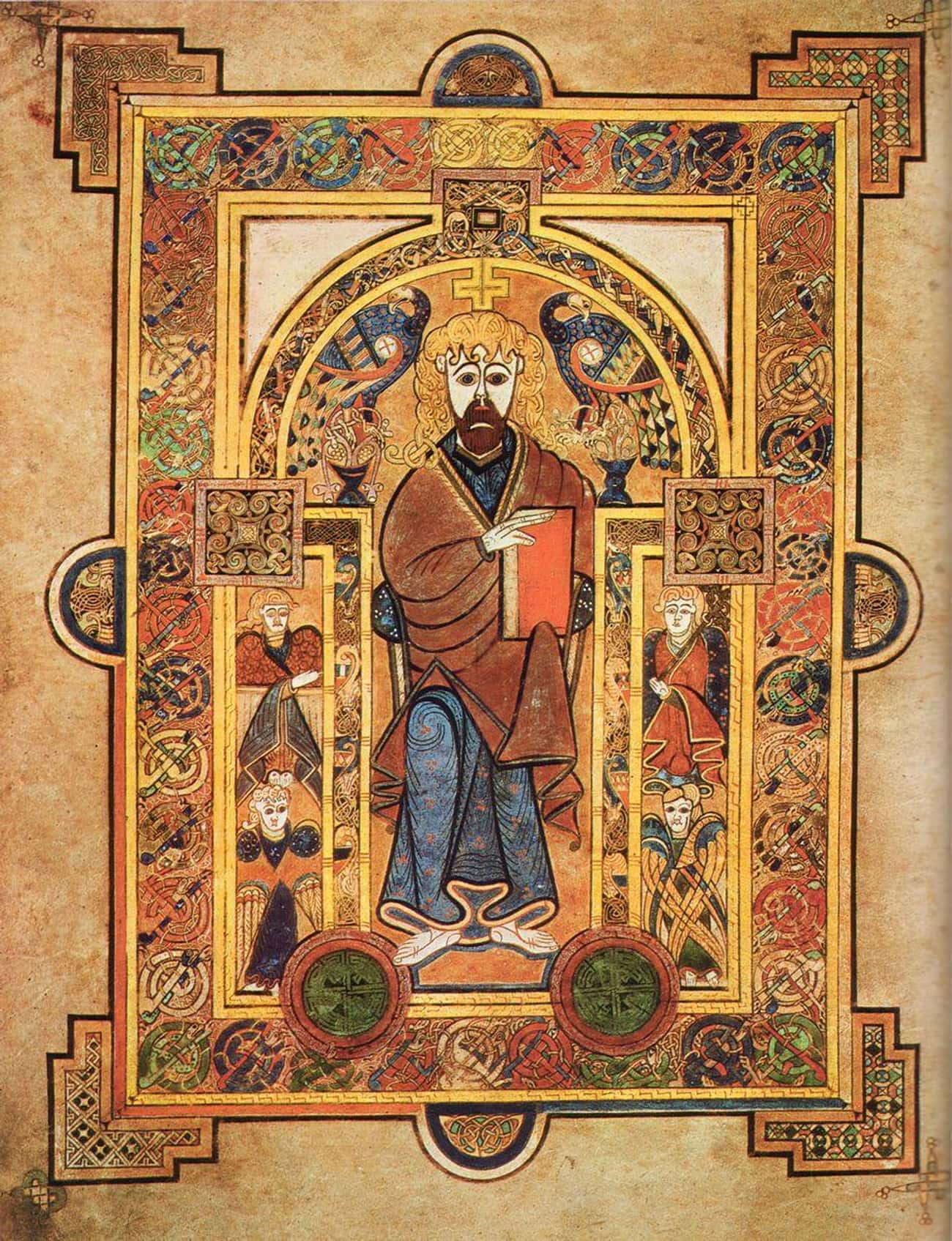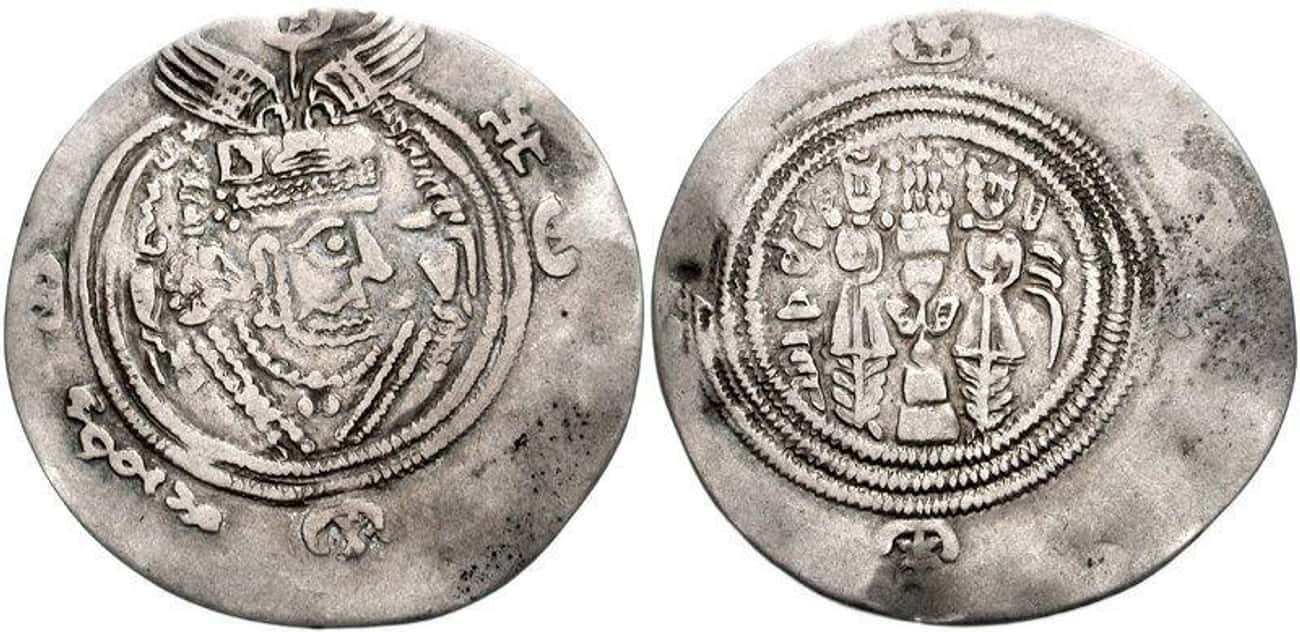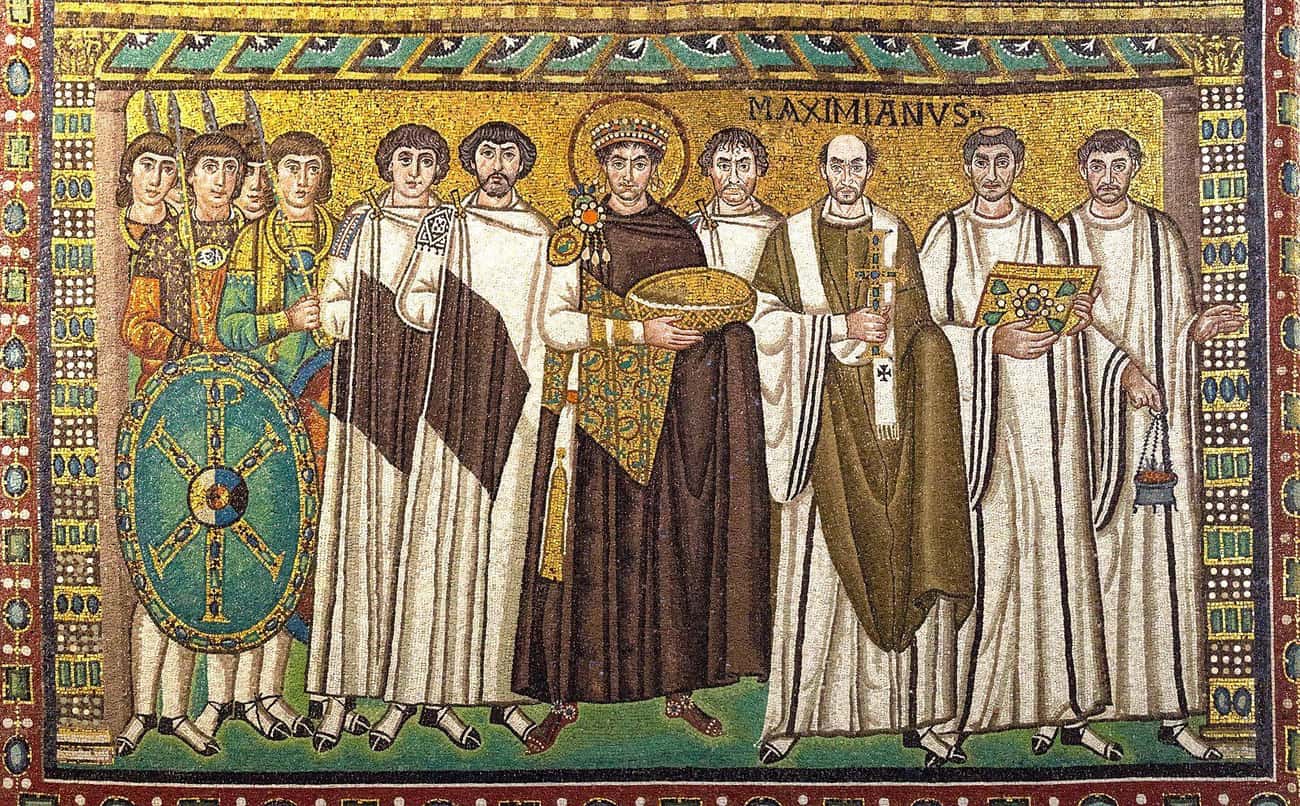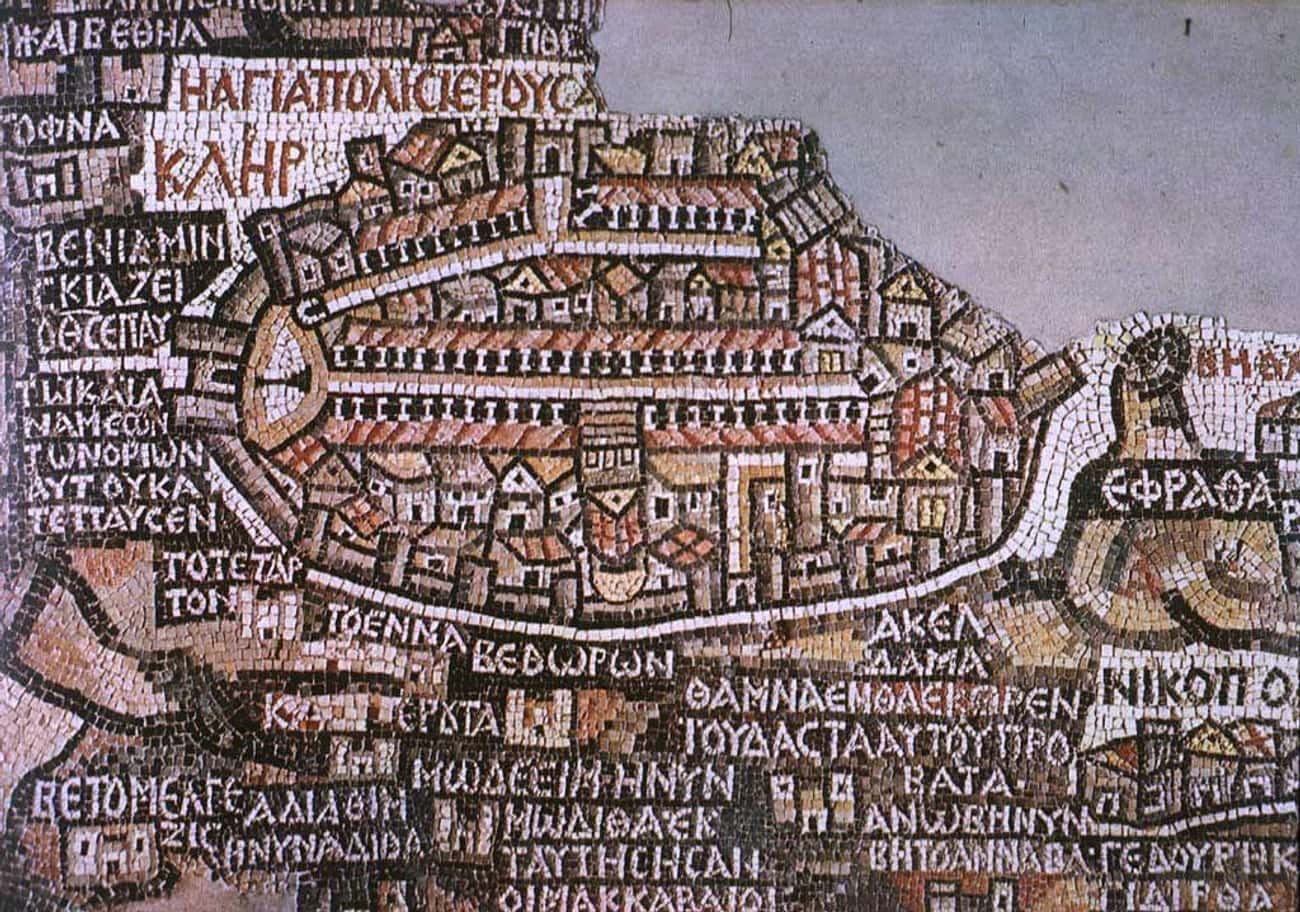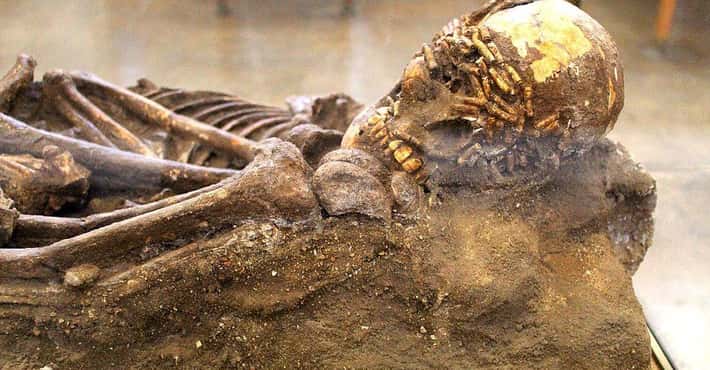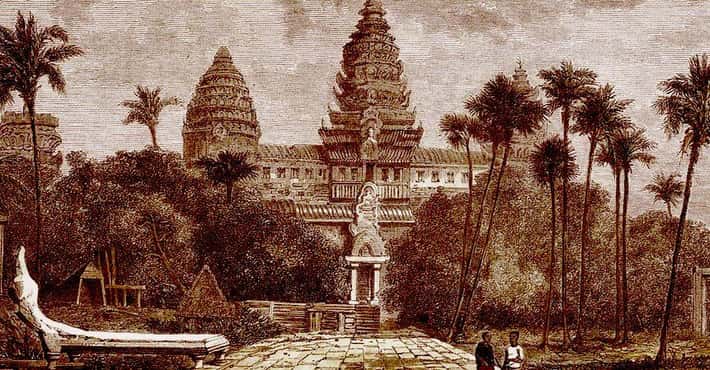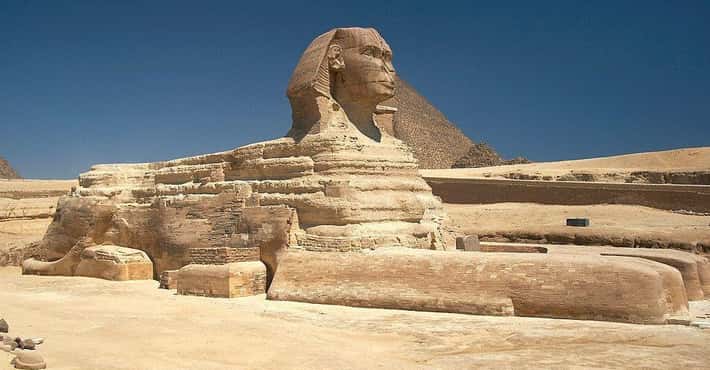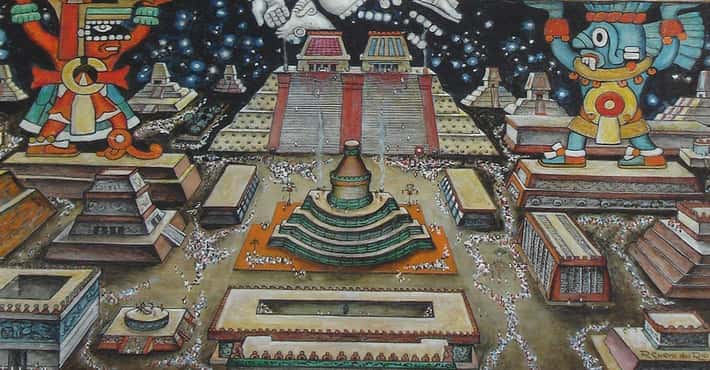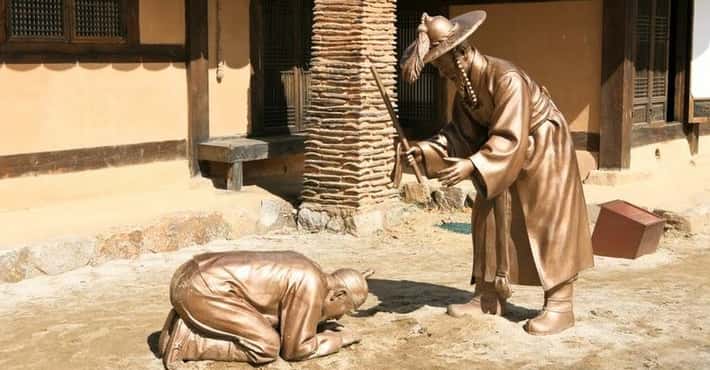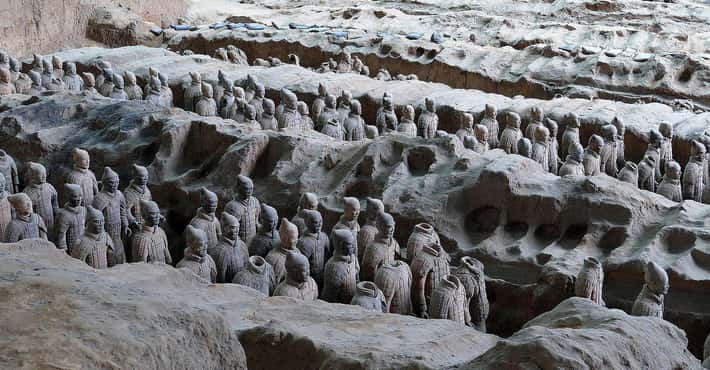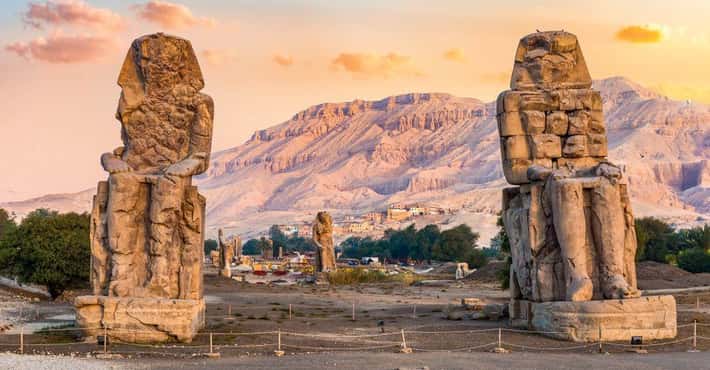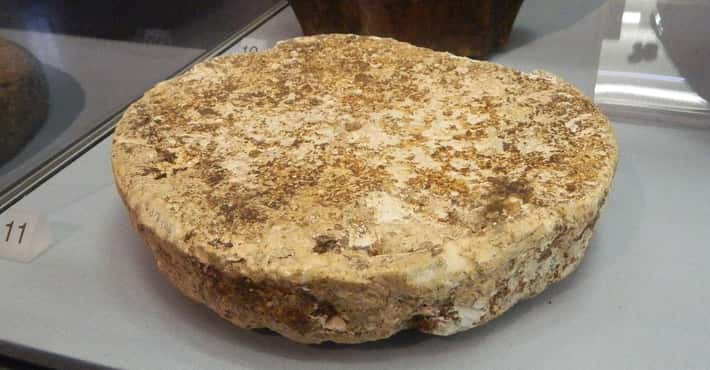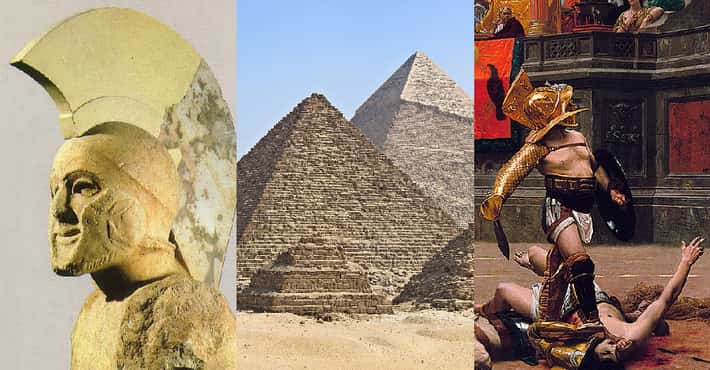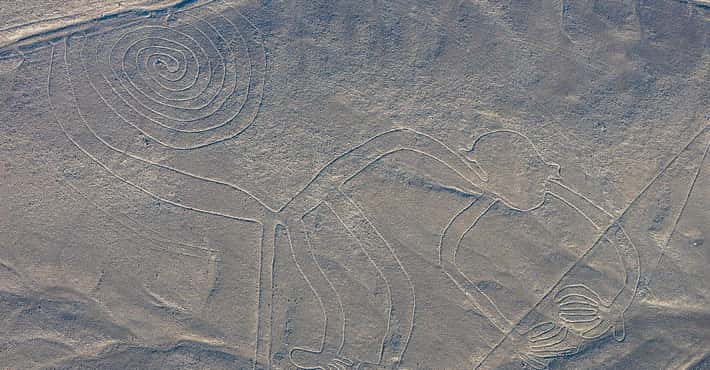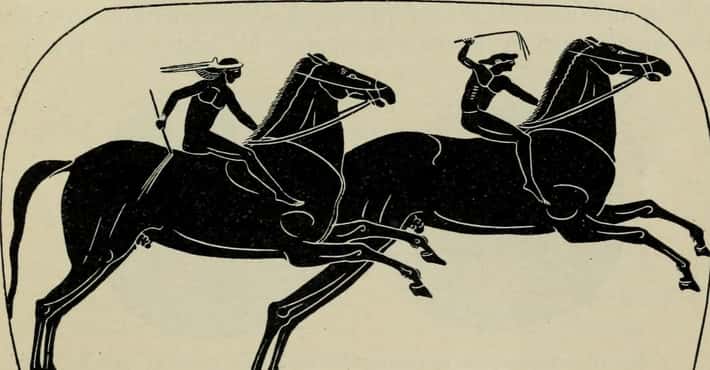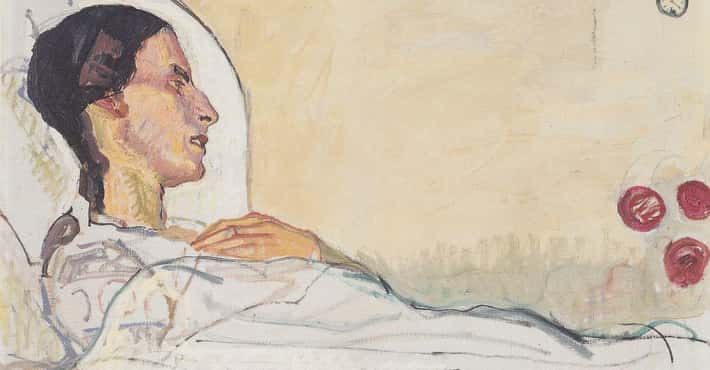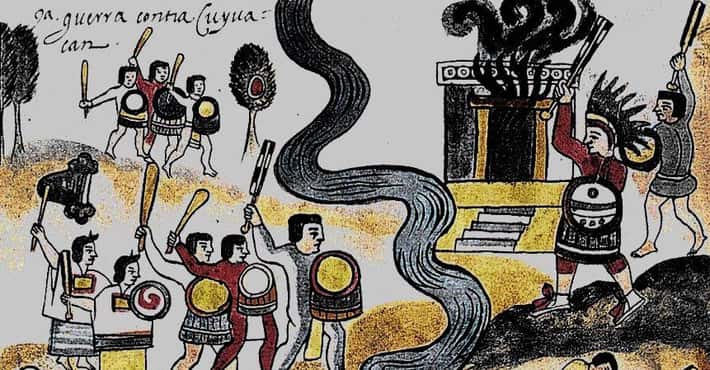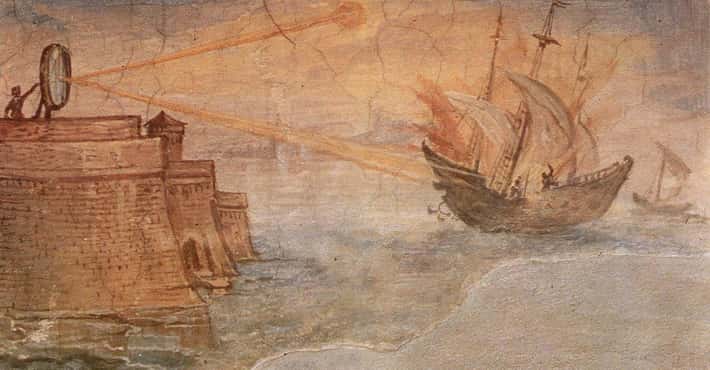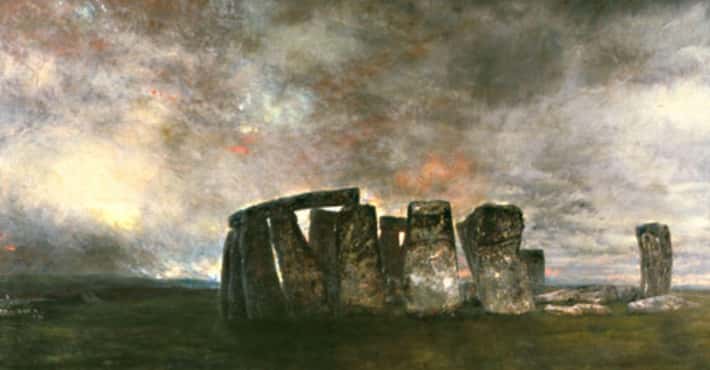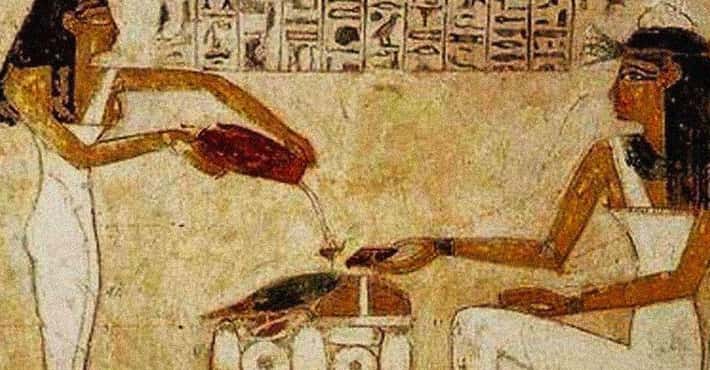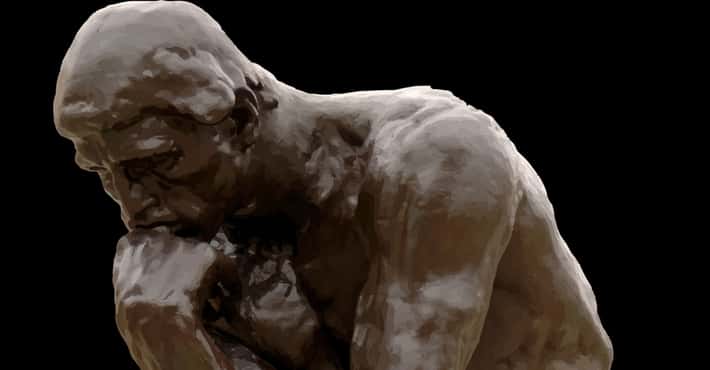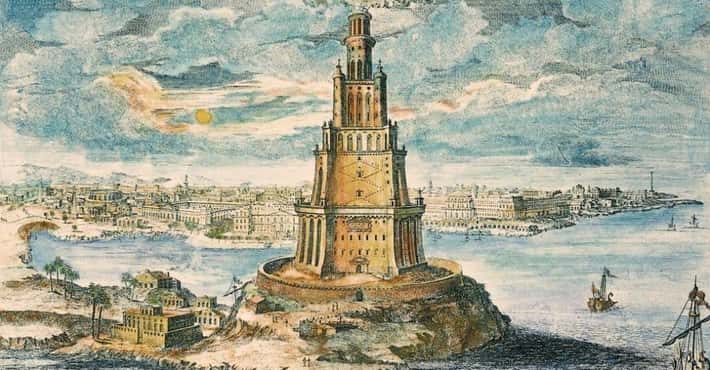536 CE Was The Worst Year On Record For Humankind. How Did We Bounce Back?
- Photo: Parker & Coward / Wikimedia Commons / Public Domain
Eventually, Volcanoes Stopped Erupting
In 536 CE, an Icelandic volcano spewed enough ash into the air to block out the light in Europe for 18 months. According to Procopius, a Byzantine historian who witnessed the darkness, “the sun gave forth its light without brightness, like the moon, during this whole year."
Additional volcanic eruptions in the 540s kept temperatures low for a decade. The volcanoes eventually stopped erupting, but the damage they caused lasted for years. The decade following 536 was the coldest on record for 2,000 years, and it took until well into the 7th century for signs of climatic and economic improvements.
The 6th century Byzantine writer John Lydos declared, "If the sun becomes dim... as happened in [536/537] for nearly a whole year... so that produce was [depleted] because of the bad time - it predicts heavy trouble in Europe."
- Photo: William Keith / Wikimedia Commons / Public Domain
The Fog Blanketing Europe And Asia Began To Recede
In Rome, Cassiodorus wrote, "We marvel to see no shadows of our bodies at noon." The volcanic eruptions left a thick fog over Europe that barely burned off during the day. Cassidorus reported that "seasons seem to be all jumbled up together."
After 18 months, the fog finally began to recede. Additional volcanic eruptions in 540 and 547 kept temperatures lower across Europe and Asia, but at least the dust veil lifted.
- Photo: Wellcome Collection / Wikimedia Commons / CC BY 4.0
The Plague Ran Its Course - For A Time, At Least
A climate crisis and famine followed the 536 volcanic eruption, ending millions. And then plague broke out in 541.
The afflicted experienced delusions, fevers, and swollen lymph nodes, according to Procopius, who lived through the plague. Eventually called Justinian's Plague, the disease claimed as many as 50 million people.
The plague eliminated as much as 40% of Constantinople's residents in just four months before it burned out. While Constantinople recovered, the epidemic continued to appear across Europe and the Mediterranean world for several centuries. The same disease would return in the 14th century as the Black Plague.
- Photo: Carole Raddato / Wikimedia Commons / CC BY-SA 2.0
The Climate Slowly Started To Warm Back Up
Over a year of darkness followed the 536 eruption of a volcano in Iceland. According to John of Ephesus, "The sun was dark and its darkness lasted for eighteen months; each day it shone for about four hours, and still this light was only a feeble shadow... the fruits did not ripen and the wine tasted like sour grapes."
Average summer temperatures in Central Asia dropped around 4 degrees. Crops didn't grow and famine quickly followed.
The climate eventually recovered, but it took over a century. Today, scholars point to 536 as the beginning of the Late Antique Little Ice Age, which lasted until 660 in western Europe.
- Photo: Josef Bárta / Wikimedia Commons / Public Domain
It Became Possible To Grow Food Again
During the dark years after 536, temperatures plummeted. In some areas, snow fell in summer. Crops perished in the fields, and famine quickly followed.
According to reports, crops in the field expired "at an unseasonable time." Volcanic eruptions put more aerosols into the atmosphere than the devastating eruption of Tambora in 1815, which led to a "year without a summer."
But eventually the grit fell from the sky and slightly warmer temperatures returned. Unfortunately for those who lived through the years of famine and darkness, the only solution was to wait, hoping that food supplies wouldn't run out before growing weather returned.
- Photo: Abbey of Kells / Wikimedia Commons / Public Domain
It Took A Century, But European Economies Rebounded
In the 7th century, Europe's economy began to recover from the upheaval of the 6th century. Long-distance trade increased, Europe's port towns grew, and economic production became more specialized.
The increase in economic activity also lines up with a shift from gold to silver coins. Europe saw an influx of new silver in the mid-7th century thanks to increased demand and more mining.
- Photo: CNG Coins / Wikimedia Commons / CC BY-SA 3.0
People Began To Produce Silver For Monetary Exchange
Ice core samples show a spike in lead pollution in 640 and again in 660. What caused the increased pollution in a pre-industrial era? Silver smelting.
In the mid-7th century, Europeans began smelting more silver from lead ore, releasing lead into the atmosphere. The founding of new silver mines in France illustrates Europe's recovery from the crises of the previous centuries.
According to archaeologist Christopher Loveluck, the increase of silver points to an important moment in the medieval economy driven by trade. "It shows the rise of the merchant class for the first time," Loveluck explains.
- Photo: Roger Culos / Wikimedia Commons / CC BY-SA 3.0
Justinian Set The Byzantines On A Stable Path
Emperor Justinian ruled the Byzantines from 527-565 CE. During his rule, Justinian faced famines, a devastating plague, and a conflict to protect his territory on multiple fronts.
Justinian fought to retake Roman lands in Africa and Italy. He also fought against the Sassanian Empire in the East. These entanglements, plus the famines and plague, stretched the Byzantines to the breaking point - and after Justinian's passing, the empire again lost the territory he reconquered.
But Justinian also made significant changes to the Byzantine Empire, including initiating massive construction projects, like the Hagia Sophia, and a critical reform of the legal system that shaped Mediterranean and European law for centuries.
Though a controversial ruler in his time, Justinian helped his empire weather the worst year in its history and survive until 1453.
- Photo: Brandmeister / Wikimedia Commons / Public Domain
Wetter Weather Actually Helped The Middle East
The climate changes in the 6th century caused major famines from Ireland to China. But the changes to the weather actually helped some areas.
During the Late Antique Little Ice Age, the Arabian Peninsula experienced greater rainfall. That helped vegetation grow, which in turn provided food for more camels.
According to a study in Nature Geoscience, "Larger camel herds may have facilitated transportation of the Arab armies and their supplies during the substantial conquests in the seventh century."
- Photo: Edwin Long / Wikimedia Commons / Public Domain
Europe Abandoned Gold For Centuries
Ancient Rome relied on gold coins. Augustus Caesar, who reigned from 30 BCE to 14 CE, originally declared that the empire would count 45 coins in each pound of gold. The value of the empire's coins were debased several times over the ensuing centuries, causing inflation and the price of gold to soar.
After the crisis of the 6th century, Europe largely gave up on gold currency. While its inhabitants still traded gold coins from the Byzantine Empire, most of Europe switched to a very localized minting of silver coins.
The less expensive silver coins better fit Europe's bartering economy, which helped the continent recover from the upheaval of the 6th century.
- Photo: Unknown / Wikimedia Commons / Public Domain
The Sui Dynasty Brought China Together And Promoted Centuries Of Stability
In China, the famine of 536-538 CE felled 80% of the population. During this major crisis, quarreling states made recovery even more difficult. But in 581, the Sui Dynasty united China.
Though the Sui Dynasty lasted only two emperors (it ended in 618), its centralized the government and law reforms set China down a stable path for several centuries. The following era, the Tang Dynasty, would become another golden age for China.
- Photo: Unknown / Wikimedia Commons / Public Domain
Byzantines Devoted Themselves To Preserving Classical Knowledge
The Byzantines saw themselves as the true heirs to Greco-Roman culture. As a result, they devoted themselves to preserving classical knowledge.
Byzantines created massive encyclopedias that collected classical, military, and medical texts. Without the Byzantine's passion for preservation, many of these sources might have been lost after the chaos of the 6th century's famines and plagues.


